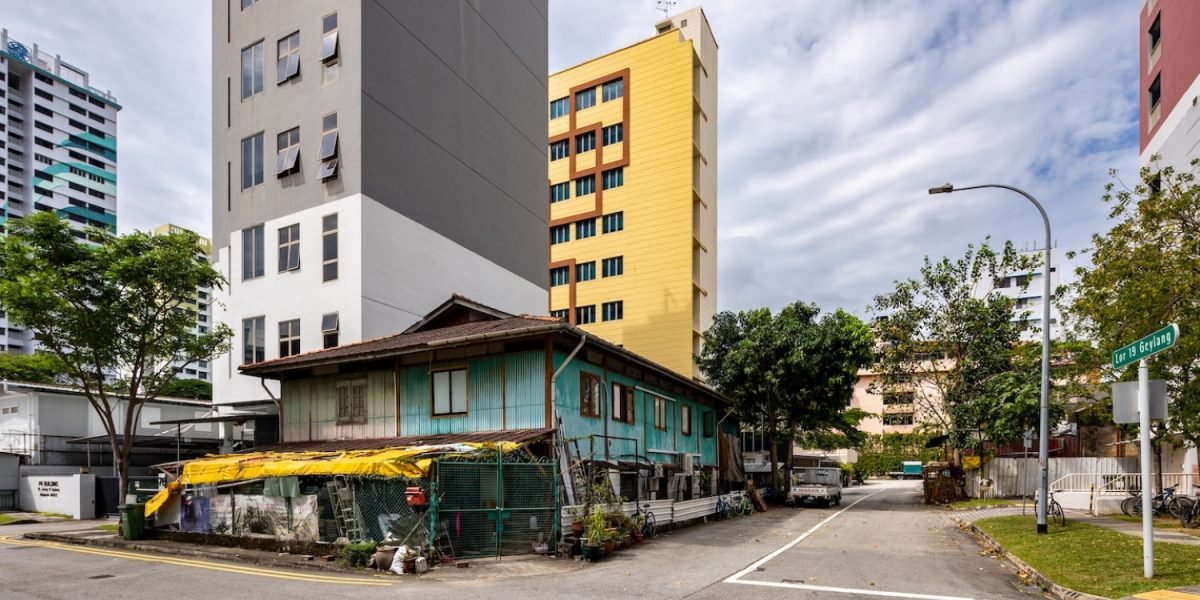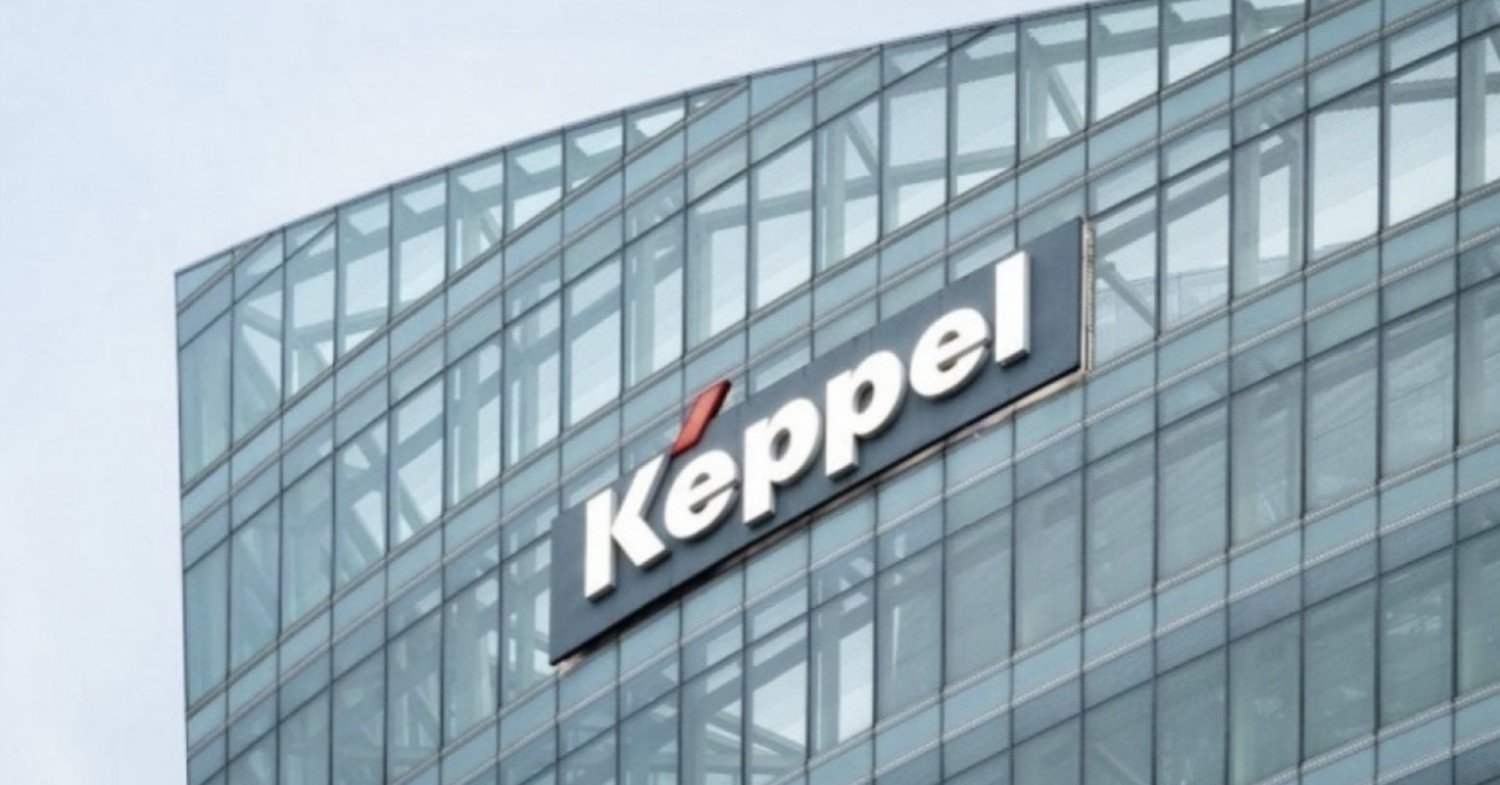
It began as a routine call for Felice Shoo, associate director at Brilliance Capital. She had reached out to Angie Ang about a prospective property purchase.
However, Ang — the wife of Mr See and the person who manages all his real estate dealings — had something else on her mind: divesting the kampong (Malay for “village”) house at 74 Lorong 19 Geylang, on a freehold corner plot of 4,670.5 sq ft that Shoo describes as “the last kampong house in Geylang.”
It’s a rare vestige of a bygone era — a detached house that contains four separate residences. Each unit was owned by a different family, holding an equal 25% stake in the property.
A decade earlier, the Sees had approached Shoo to help divest their quarter share. However, with only 25% ownership, a sale wasn’t possible without the agreement of all four owners.
This time, the Sees were revisiting that intention, sensing the timing might finally be right. Ang introduced Shoo to the other three owners: Mr Saw, Mr Yap and the three Kwek sisters — Joyce, Patricia and Tina.
Felice Shoo of Brilliance Capital (centre) and some of the sellers of the kampong house (from left): Patricia Kwek, Angie Ang (Mrs See), Tina and Joyce Kwek (Photo: Samuel Isaac Chua/EdgeProp Singapore)
Legacy property
Shoo pieced together the property’s origins from conveyancing records provided by the owners. The freehold plot at 74 Lorong 19 Geylang changed hands 16 times between February 1902 and July 1927.
It next changed hands in 1958, the key date for the parties involved in the current sale. On July 15 of that year, Shaik Yusoff bin Shaik Ramzan sold the land to Kang Auh Chew. Three months later, on Oct 31, Kang sold it to four close friends, each of whom acquired an equal share.
The friends built the existing structure — a detached house with concrete walls on the ground level and zinc cladding on the upper floor and rooftop. While it appeared to be a single home from the outside, it was divided internally into four self-contained units: Two units were on the ground floor, and staircases on either side of the house led to two more units upstairs.
Each unit had its own kitchen and basic toilet — originally a hole in the ground serviced by a night soil collector, as was the practice at the time. These were later modernised. Each unit also included a living area and several bedrooms. With large extended families, the home once housed up to 40 people, one of the owners, Mr Saw, recalls.
The two ground-floor units were slightly larger, ranging from 1,435 to 1,455 sq ft, while the upper-floor units were about 1,200 sq ft each.
Interestingly, in 1958, the property was registered under the names of respective owners’ wives: Ang Kim Hong (mother of Mr Saw), Tan Hua Lian (mother of Mr Yap), Tan Geok Choo and Kerk Soh Eng. In 1968, Kerk sold her 25% share to Lee Lai Ho, mother of the Kwek sisters. Later, Mr See acquired Tan Geok Choo’s stake.
Property title complications
When the owners attempted to obtain their respective titles from the Singapore Land Authority (SLA), they were issued four separate titles, each reflecting their quarter share. However, all four titles bore the same address, as SLA considered the property a single household rather than four distinct ones. “That’s where complications arose when the owners tried to sell the property,” says Shoo.
She began the tedious process of clarifying the ownership structure with the authorities. She eventually found an officer in the Inland Revenue Authority of Singapore’s (IRAS) renumbering department who was willing to listen, supported by historical documents and ownership titles.
Officials from IRAS visited the site to verify that the building comprised four distinct residential units. These were then officially designated as #01-01, #01-02, #02-01 and #02-02. A surveyor was engaged to draw floor plans of each unit for submission.
Some of the owners had inherited the property from their parents, who purchased the property collectively in 1958 (Photo: Samuel Isaac Chua/EdgeProp Singapore)
Mini collective sale
Managing the transaction was similar to a collective sale. “All the owners had to consent to the sale,” notes Shoo.
The situation was further complicated as some owners had appointed other agents. In early 2024, the property was listed for sale at $9.2 million by another agent.
Eventually, all parties agreed to appoint Shoo to lead the sale. She reached out to buyers in her network who might appreciate the home’s heritage and residential potential. “I thought we might find a developer or someone willing to do additions and alterations while retaining it as a home,” she says.
Any redevelopment of the site would require the new owner to set aside a portion of the land as a road reserve. Under the URA Master Plan, the site is zoned “Business 1” use with a plot ratio of 2.5. Hence, it’s designated for clean and light industrial use, public utilities or telecommunications.
The buyers, Terence Tan and his wife Stella Ang, intend to retain the property’s residential status and current structure (Photo: Samuel Isaac Chua/EdgeProp Singapore)
Preserving the kampong house
Having grown up in a kampong house herself, Shoo hoped the eventual buyer would appreciate its charm and history.
Terence Tan, who runs an engineering firm, eventually made an offer in July 2024. He started at $5.9 million and eventually raised his offer to $6.5 million, the final purchase price. “Felice worked very hard to convince me to buy,” says Tan.
Tan intends to retain the property’s residential use, which means preserving its current structure. Built more than 65 years ago, the property contains asbestos in the roof, ceiling and partition walls — all of which will need to be removed safely.
He plans to replace the internal and external walls with modern materials that include heat insulation and soundproofing while maintaining the house’s kampong-style appearance with aluminium or zinc cladding.
Tan estimates he will spend $800,000 to $1 million on renovations. He also plans to keep the original layout, preserving the four units across the two floors.
A kampong co-living concept?
Given the rising popularity of co-living in Geylang, Tan is considering repurposing the house into a co-living space. He is also open to living in one of the units and renting out the rest. As the property is freehold, he hopes to eventually pass it on to his sons, just as the previous owners had handed it down to their children.
“This wasn’t the most straightforward deal because of the legacy title issues,” says Sammi Lim, founder of Brilliance Capital. “But Felice’s perseverance paid off, and with the cooperation and support from both sellers and buyers, all the issues were resolved.”
For the Kwek sisters, the house holds nostalgic memories. They recall their elder brother’s wedding taking place there. “He’s now 80,” they say. Tina, one of the sisters, remembers when a monastery once stood across the road.
Long before the area was transformed into an industrial estate, it was a quiet neighbourhood. “What I really loved about the house was the natural breeze,” she says. “Most landed homes can feel hot, but this one always felt cool, even on warm days.”
Tan agrees. “This kampong house stands out as the only residential building in an industrial area,” he says — and he’s determined to preserve its spirit for generations to come.







